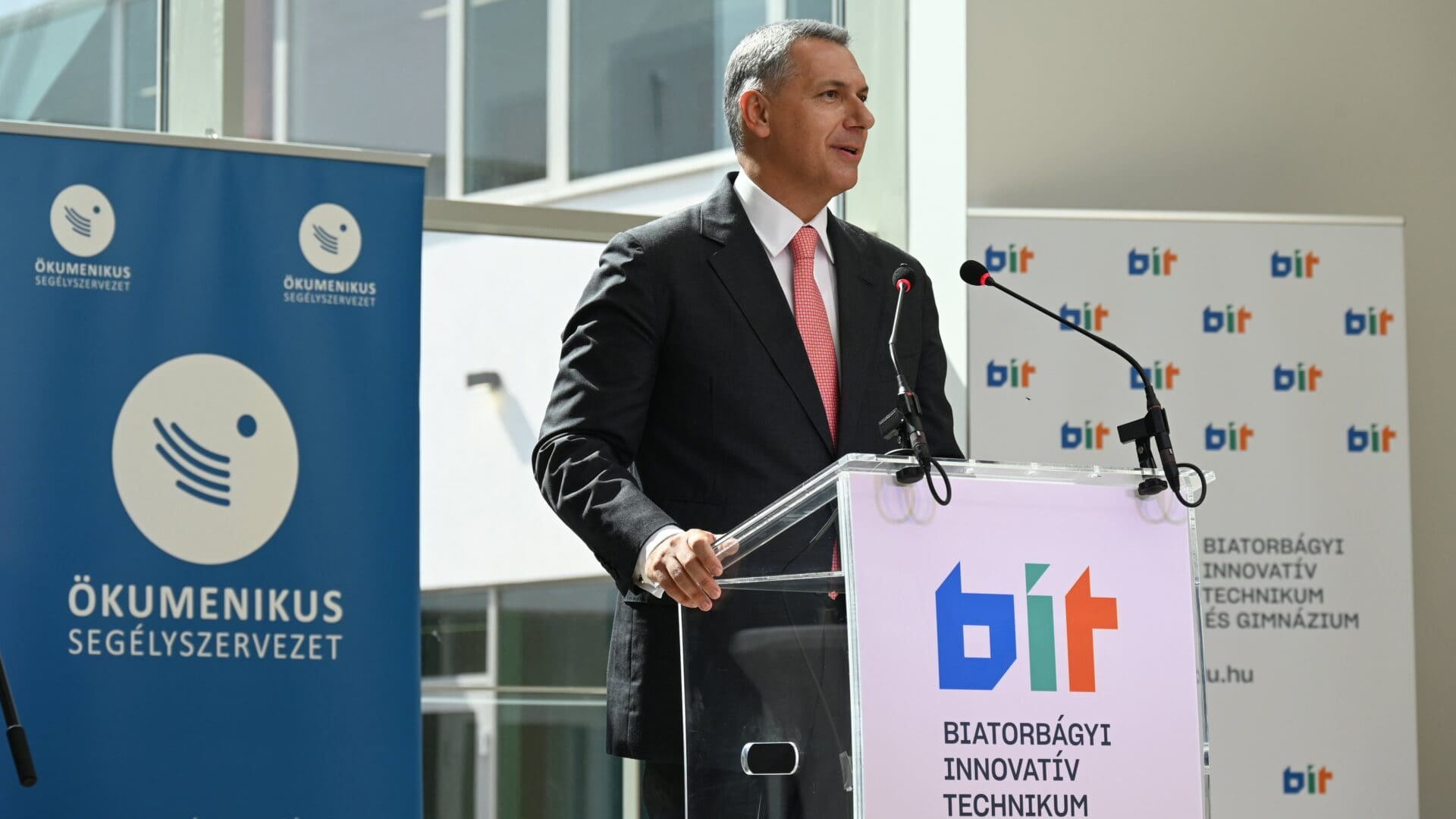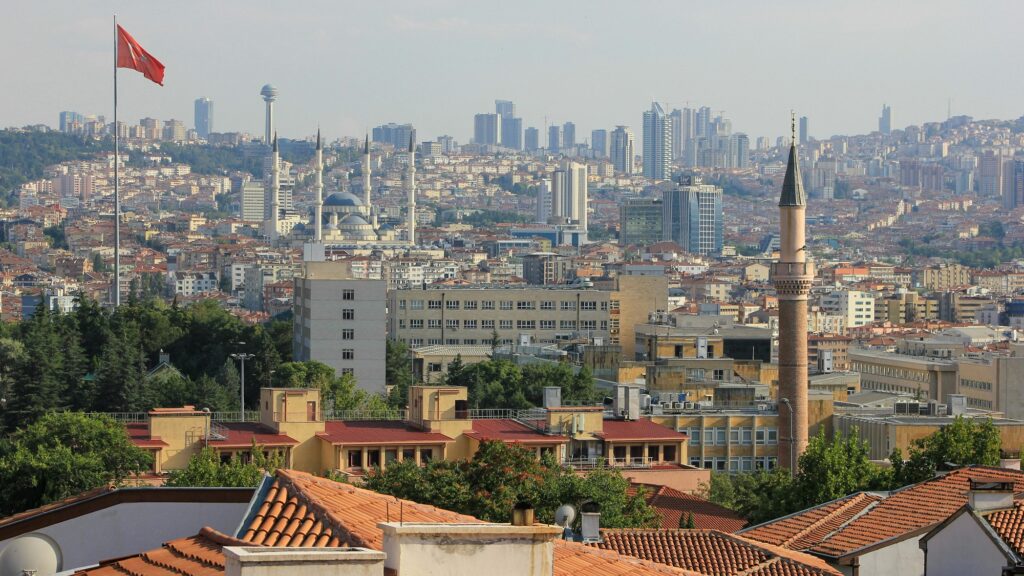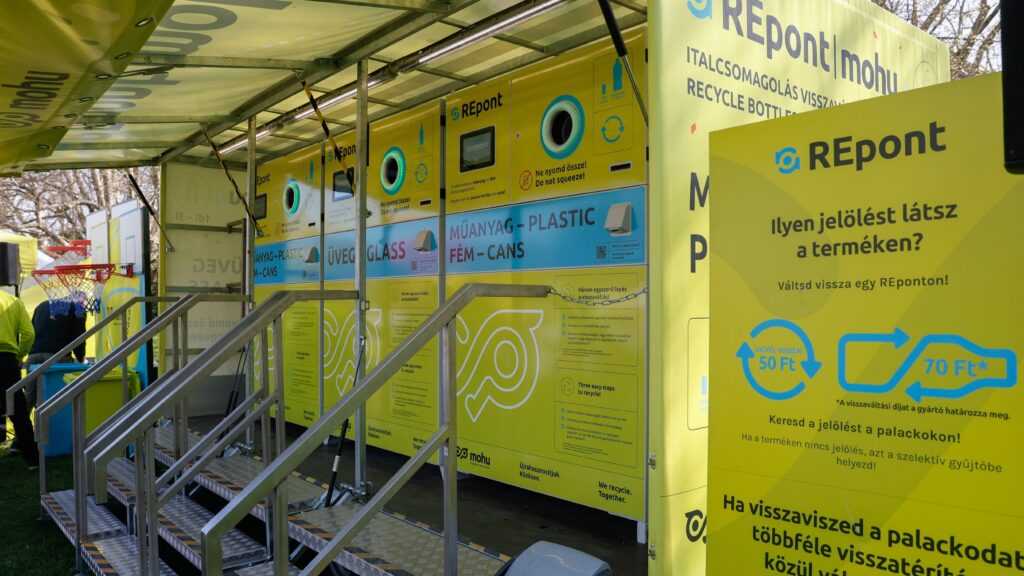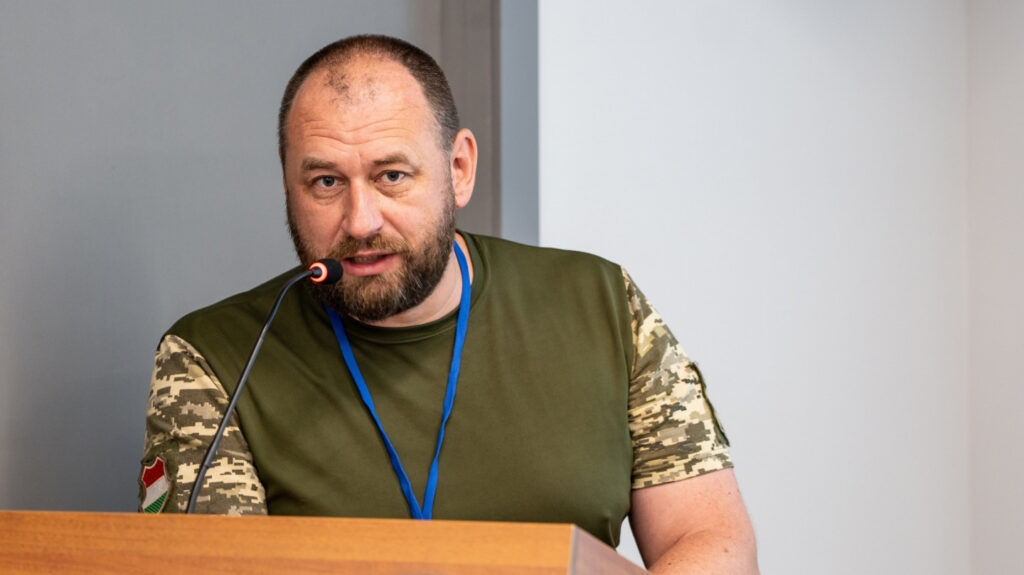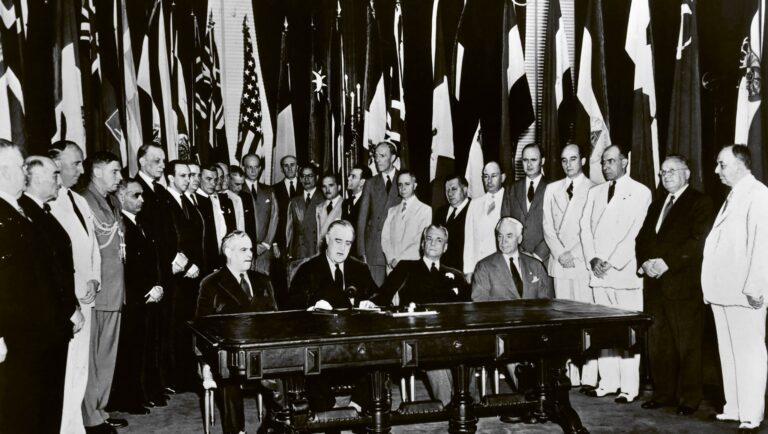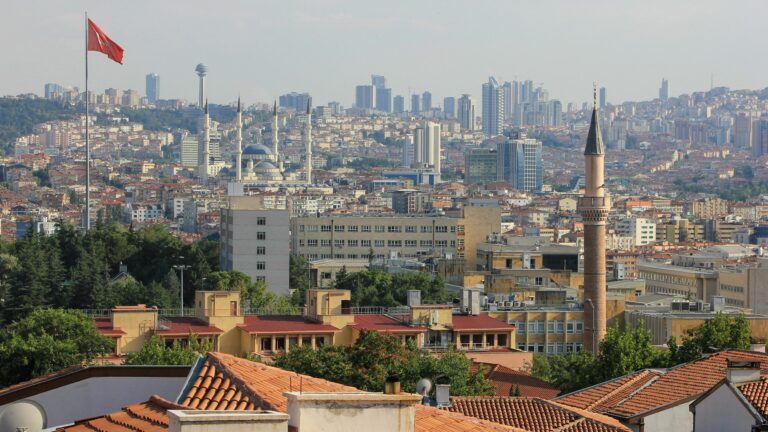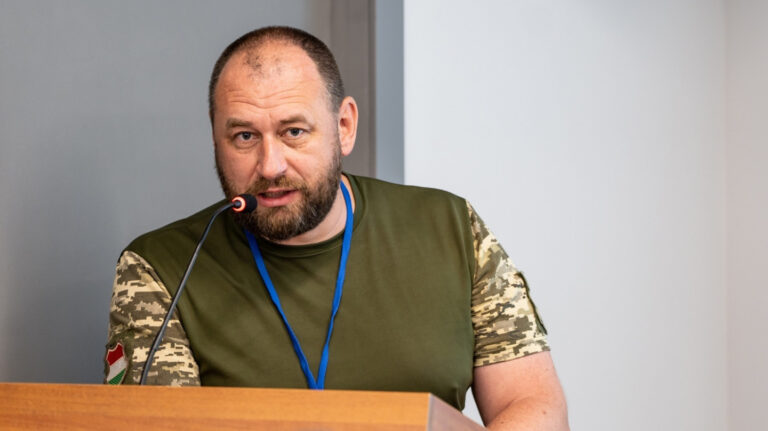The government is building a logistic ring around Budapest that will connect to the Budapest–Belgrade railway line and the V0 railway ring. In this development, Biatorbágy is to play a decisive role, Minister of Construction and Transport János Lázár said on Tuesday in the Pest County settlement.
During the inauguration of the new building of the Biatorbágy Innovative Technical and Secondary School, the minister highlighted the important part the new educational institution can play in the government’s plans since it has made logistics, informatics, and financial accounting its focus.
Placing the planned ring and the new school in a broader context, Lázár stated that what needs to be determined is ‘whether it’s possible for the Carpathian Basin to be not a ferry-land at the meeting of cultures of East and West, North and South, but rather, a land of bridges.’
He noted that through its railway lines and motorways, the country facilitates passage between worlds, ensuring the free flow of goods and people. ‘The significance of this has been further highlighted by the Covid pandemic and the war,’ the minister remarked.
Lázár also touched on the intellectual dilemma regarding the geographical transformation of the country, since it will no longer be Budapest only to have an agglomeration, but also cities towns like Szeged, Debrecen, Nyíregyháza, Győr, Szombathely, Veszprém, and Székesfehérvár. He added that towns and rural settlements are merging with each other.
‘This will be the new Hungarian settlement type of the 21st century, where the countryside merges with the metropolis. Where the matters of homeland and progress intersect. The agglomeration city model is what we, as members of Fidesz, as the governing party of the era, need to create and realise,’ Minister Lázár declared.
State Secretary for Bilateral Relations and the Fidesz-KDNP MP of the region Tamás Menczer highlighted that the educational institution being inaugurated cost 15.5 billion forints to build, the school’s equipment cost over one billion forints, and the necessary infrastructure development was an additional 6.5 billion forints in expenses, all provided by the government.
According to a statement from the Hungarian Interchurch Aid, the operator of the school, the institution occupies 11,000 square metres (118,000 square feet), housing eighteen classrooms, sixteen group rooms, nine specialised classrooms, and a sports complex, providing space for 600 students. Students can acquire marketable knowledge in the fields of logistics, informatics, and financial accounting.
Related articles:

